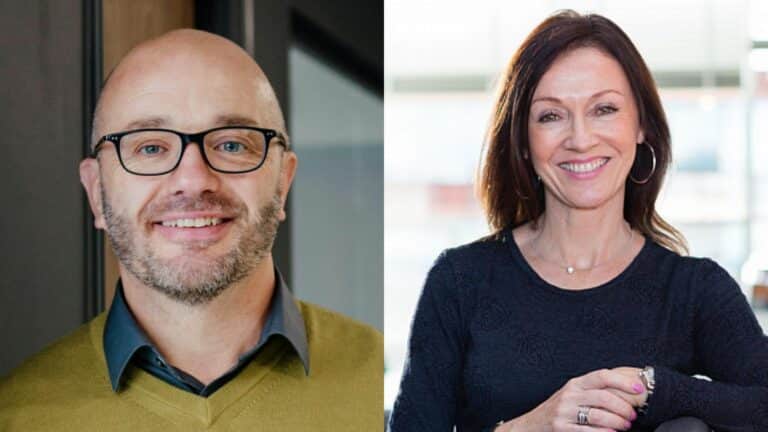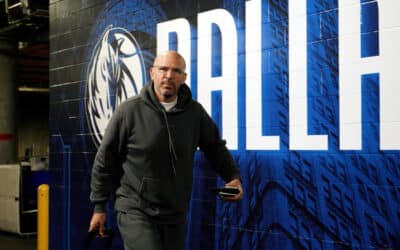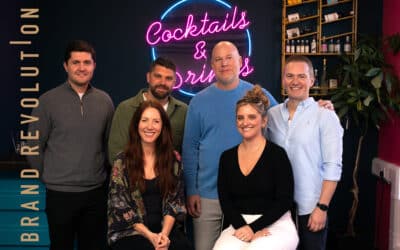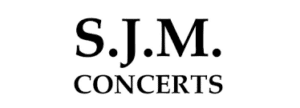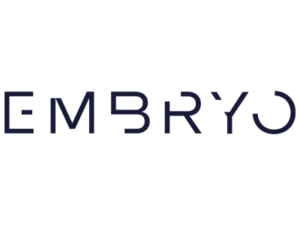The 12th edition of Prolific North’s Top 50 Integrated Agencies list for 2025 is back, renowned as the definitive benchmark ranking for integrated agencies across the North.
For over a decade, Prolific North has teamed up with long-term research partners Mustard to compile the list, which assesses financial performance with factors such as headcount, growth and more.
While a handful of agencies featured on the first ever ranking back in 2013 may have quietly (and sometimes not so quietly) slipped off the list, others have soared ahead with impressive growth, ambitious indie agencies have hit the spotlight, while some have merged or accelerated through acquisitions.
READ MORE: The North’s top agencies drive £568m growth burst – but profits sink 18% in tough market
READ MORE: You can now check out Prolific North’s Top 50 Integrated Agencies ranking here
Prior to 2025’s ranking being revealed on Wednesday 2 April, Prolific North has crunched the data and uncovered surprising details from the research, including a shift in headcount across the industry and the economic impact of the top 50.
We’ve also taken a look back over the past decade, looking at the state of the Northern agency landscape now and how that has evolved on from the very first ranking we published in 2013.
“Significant growth and transformation”
“Over the past decade or so, the agency landscape in the North has seen significant growth and transformation,” says Robyn Mason, research manager at Mustard.
“The agency landscape this year shows continued growth and resilience. Whilst agencies are expanding and driving revenue, sustaining profitability has become more challenging.”
The combined turnover of the Top 50 Northern agencies stood at £390m in 2013, already an impressive achievement. In comparison to 2025’s figures, it’s clear the agency landscape in the North has significantly advanced.
The total turnover of the Top 50 agencies, as of 2025, has now climbed to £568m and represents an ambitious 46% increase year-on-year.
READ MORE: Who will take the crown? Predicting Prolific North’s top 50 integrated agencies 2025
Another key trend is an increase in hiring Northern agency talent. Back in 2013, the average headcount at Top 50 integrated agencies was 57 staff.
Despite navigating a difficult economic climate over the past few years with some agencies needing to scale back on hiring while other workforces have been hit by redundancy, the data suggest a much more positive outlook for 2025 thanks to a 36% increase and an average of 75 staff per agency.
“It’s still a people business. Hiring and keeping great talent, nurturing trusted client relationships, and collaborating with the right partners – whether production companies, media owners, or tech platforms – are still fundamental to success,” explains Nicky Unsworth, experienced non-executive director and former CEO of BJL.
But with National Insurance costs set to rise from next month, this could pose fresh challenges when it comes to hiring and retaining Northern agency talent.
According to Julie Rodrigues, finance director at Hallam, salary inflation over the past four years has been “significant”.
“Many agencies have faced shifting client behaviour, with reduced long-term retainers and a preference for shorter, high-impact projects. This shift has made revenue more volatile and budgeting more challenging. Additional payroll costs add another dynamic to these pressures.”
With the NI increase, industries that rely on hourly-paid employees “may struggle to budget for the increase” She adds: “Businesses with fluctuating workloads and unpredictable revenue streams will find it particularly difficult to absorb the rising costs.”
A snapshot of the Northern agency transformation over the past decade
Industry veteran Nicky Unsworth began life as a marketer with Pilkington’s before joining the independent agency BJL where she and colleagues undertook an MBO and later, global network Dentsu acquired BJL in 2019.
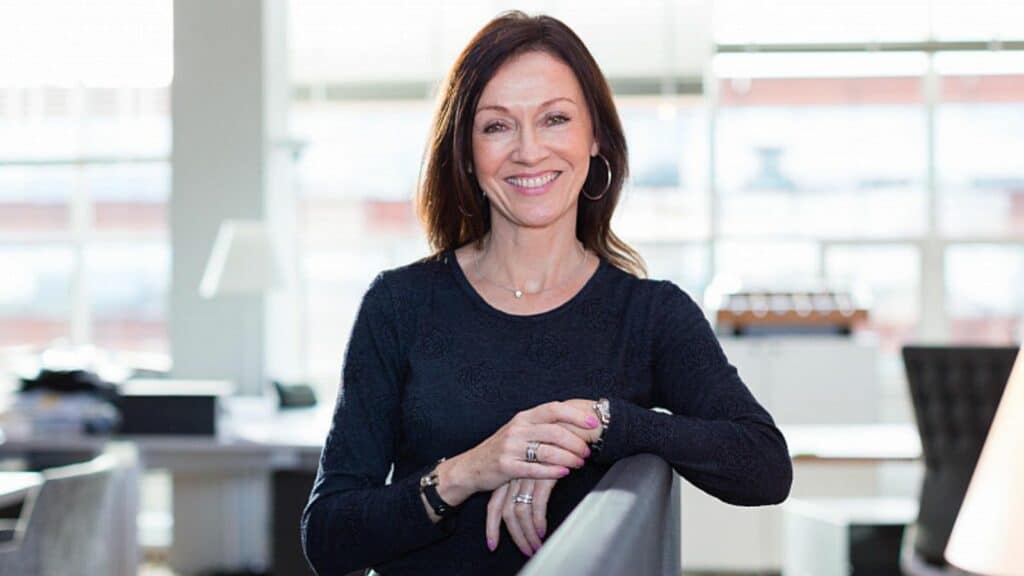
She initiated and ran the sale process, stepping down in 2021 once she had completed the successful integration of BJL into the wider Dentsu organisation. Now, she is a consultant providing strategic consultancy services to clients predominantly in the communications industry, and supports businesses through growth and transition, providing NED support. And this wealth of experience gives her a unique perspective on what’s shifted.
“It’s tempting to say, ‘technology has changed everything’ – and in many ways, it has. But what’s striking to me is how much remains the same.”
But the fundamentals “still hold true” from how creativity is “still king”, strategy and insight remain “critical”, budgets and ROI still face scrutiny, to the importance of emotional connections driving impact.
So what has really shifted – and what does this mean for agencies? “The agency world is increasingly fragmented. Traditional media now sits alongside a sprawling digital landscape. Programmatic advertising is the norm. Real-time analytics provide immediate feedback. Agencies have more tools than ever – but it’s increasingly difficult to be truly integrated and expert in everything, leading to a multitude of different types of agencies with different expertise. This increasingly fragmented landscape must at times be difficult for clients to navigate.”
AI and the rise of content-led branding have become hot topics for agencies, so those that can evolve and adapt quickly to “new technologies, shifting client needs and fresh ways of thinking will thrive”.
“True integration is the differentiator. It’s not enough to ‘do digital’ or ‘do creative’. The winners will be those who blend social, content, traditional advertising, and data into a seamless, results-driven offering,” she says.
“People still matter. Despite automation, creativity, strategic thinking, and human relationships remain the foundation of great agencies.”
“Having worked inside agencies for years – and now alongside them – I know how tough it is to balance all these challenges while staying focused on great work and growth. But the other constant I see is a strong showing of truly great Northern agencies: the North has always had a strong mix of businesses and some great entrepreneurs mixed in amongst the bigger network agencies – and this remains the case.”
Being based outside of London isn’t the barrier it once was
Gareth Healey is currently a managing partner – consultancy at Cactus, a European M&A and growth consultancy for agencies. He has more than 24 years experience in the sector, having joined CreativeRace – then known as Gratterpalm – in 1999 and was part of the MBO team that bought the agency three years later.
Alongside business partner Bethell, he helped to build the business into one of the largest regional agencies in the UK, with 143 staff and turnover standing at £11.5m back in 2015. After 18 years, Gareth successfully exited his agency.
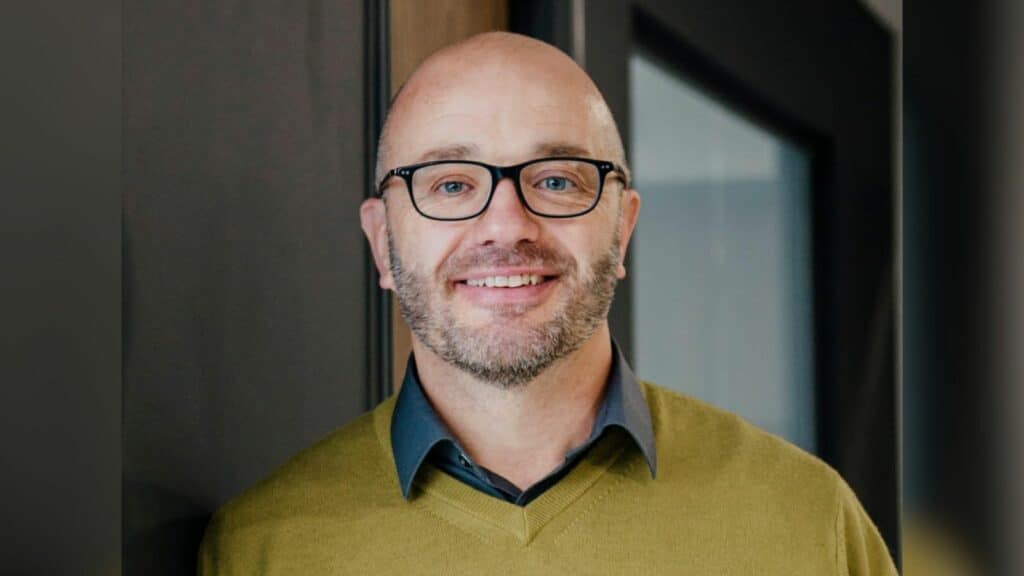
He shares his views on how the Northern agency landscape has changed over the past decade: “I’ve been part of the Northern agency scene for a long time. Without doubt, the last decade has brought the most concentrated period of change I’ve ever seen – shaped by global disruption, technological advancement, shifting expectations, and my own decision to exit the integrated agency I helped build in Leeds.”
And there’s been one notable shift over the past few years: “Clients are more open than ever to appointing Northern agencies – but only if they show national-level credibility. The geographic playing field is flatter, but perception still matters. Being based outside of London isn’t the barrier it once was, but being cheaper and harder working isn’t enough now. Location no longer holds you back — but it doesn’t automatically push you forward either.”
COVID may have changed access, but not expectations. He continues: “Remote working opened up virtual pitching, made location less relevant, and gave ambitious agencies a shot at bigger briefs. But it also increased scrutiny. Clients started demanding sharper thinking, clearer ROI, and faster impact. Accessibility has opened up, but the pressure to deliver has only intensified.”
He adds: “Whilst ‘integrated agency’ is still a common label, the market has matured beyond it. Integration is assumed. It’s no longer a selling point, it’s a starting point. Clients don’t want services; they want solutions. They want confidence that you can drive outcomes, not just deliver activity. I’d apply this to any agency, but if you’re an integrated firm based in the North, my advice would be don’t sell what you do – sell what difference it makes.
“The Northern agencies that have stood out over the past decade haven’t tried to copy London – they’ve outgrown the need to. They’ve stopped chasing validation from the capital – and started setting their own standards instead.”
Top 50 Integrated Agencies ranking now revealed
Since publishing this story, Prolific North has now unveiled the full Top 50 Integrated Agencies list for 2025. Check out who made the list here.
Research partner



